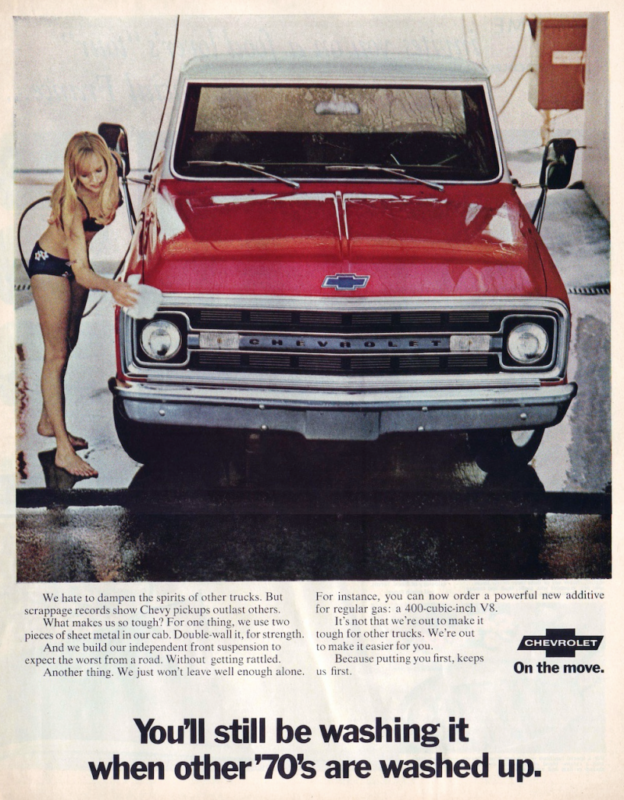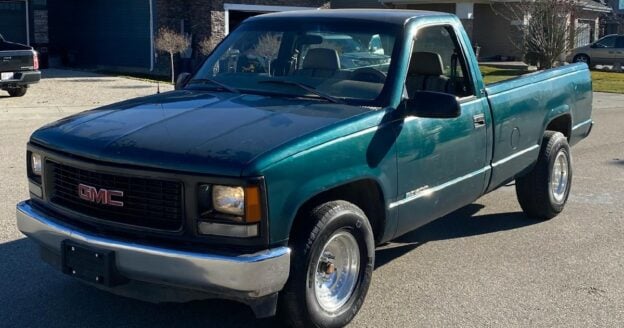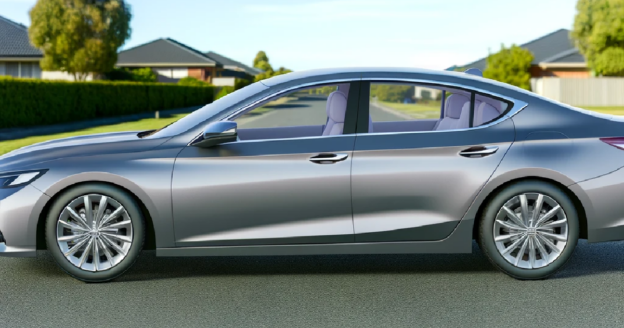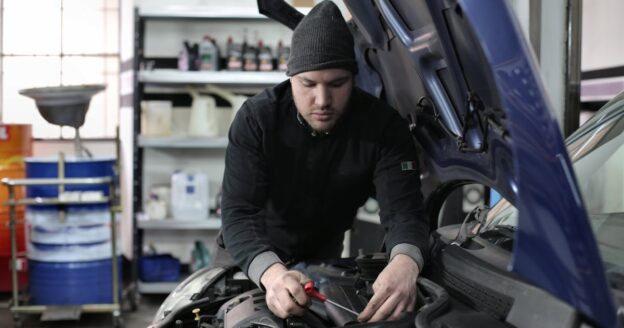When it comes to buying a used car, buyers often consider two popular options: repossessed cars and certified pre-owned (CPO) cars. Both types of vehicles come with their own set of advantages and drawbacks. Understanding them can help you make an informed decision. Let’s delve into the key differences between repossessed cars and certified pre-owned cars, helping you decide which option might be best for you.
What are Repossessed Cars?
Repossessed cars are vehicles that have been taken back by the lender or leasing company because the original owner failed to meet their financial obligations, such as making loan or lease payments. These cars are then sold to recoup the losses, often at auctions or through dealerships.
What are Certified Pre-Owned Cars?
Certified pre-owned cars are used vehicles that have been inspected, refurbished and certified by the manufacturer or a dealership. These cars typically come with an extended warranty, a detailed inspection report and other benefits to ensure they meet certain quality standards.
Price Comparison
One of the most significant differences between repossessed cars and CPO cars is the price. Repossessed cars are usually sold at lower prices because lenders aim to recover their losses quickly. These cars are often sold “as-is,” meaning there might be hidden issues or necessary repairs that could add to the overall cost.
On the other hand, CPO cars tend to be more expensive due to the thorough inspection and reconditioning process they undergo. The additional warranty and peace of mind that come with a CPO car also contribute to the higher price.
Quality and Condition
CPO cars generally offer better quality and condition compared to repossessed cars. Since CPO vehicles go through rigorous inspections and any necessary repairs are made before they are sold, buyers can be more confident in their reliability. Additionally, CPO cars often come with a clean vehicle history report, ensuring there are no hidden problems.
Repossessed cars, however, can be a mixed bag. Some repossessed cars may be in good condition, especially if the previous owner maintained them well. However, there is a risk of buying a car with underlying issues that were not addressed before repossession. It’s crucial to have a repossessed car thoroughly inspected by a trusted mechanic before purchasing.
Warranty and Benefits
One of the standout benefits of buying a CPO car is the warranty. Most certified pre-owned programs offer extended warranties that cover major components and systems, providing buyers with additional peace of mind. These warranties often include roadside assistance and other perks like free maintenance for a certain period.
Repossessed cars, on the other hand, typically do not come with a warranty. Buyers should be prepared to handle any repairs or issues that arise after purchase. Some dealerships might offer limited warranties or service contracts for repossessed cars, but these are usually not as comprehensive as those provided for CPO vehicles.
Financing Options
Financing options can also differ between repossessed and CPO cars. Many dealerships and lenders offer attractive financing rates and terms for CPO vehicles, making them more accessible to buyers with varying credit scores. The certification and warranty make CPO cars a lower risk for lenders, often resulting in better financing deals.
Repossessed cars might be more challenging to finance, especially if bought at an auction. Buyers might need to secure their own financing, and interest rates could be higher due to the perceived risk. However, the lower initial cost of a repossessed car might offset some of the financing challenges.
Conclusion
Choosing between a repossessed car and a certified pre-owned car ultimately depends on your priorities and risk tolerance. If you’re looking for a lower upfront cost and are willing to take on some potential risks, a repossessed car could be a great option. However, if you prioritize reliability, warranty coverage and peace of mind, a certified pre-owned car might be worth the extra investment.
Both options have their merits, and conducting thorough research, inspections and considering your own needs will help you make the best decision. Whether you opt for a repossessed car or a CPO vehicle, ensuring you have all the information and understanding the potential risks and benefits will lead to a more positive purchase experience.
RepoFinder has a full directory of links to banks and credit unions that are selling repo inventory. Find a car you love today!






















